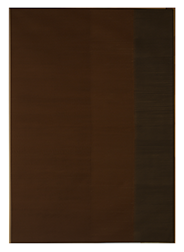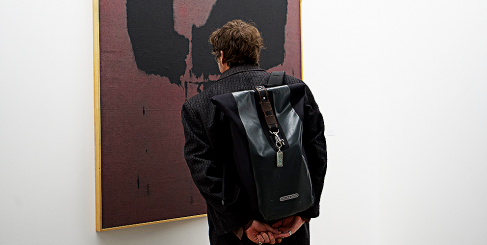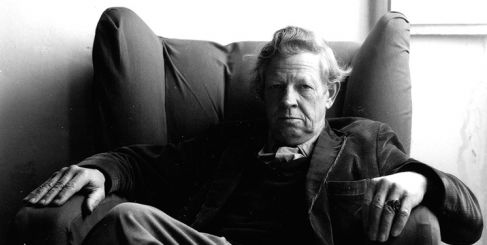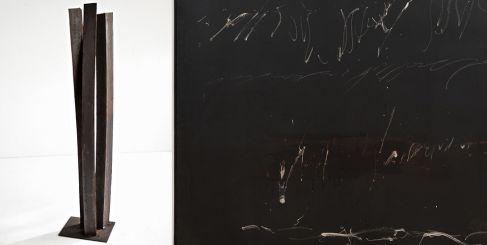News
Galerie ETC PRESENTS JEAN DEGOTTEX, LEADING FIGURE IN ABSTRACT ART, FROM 15/05 TO 20/09
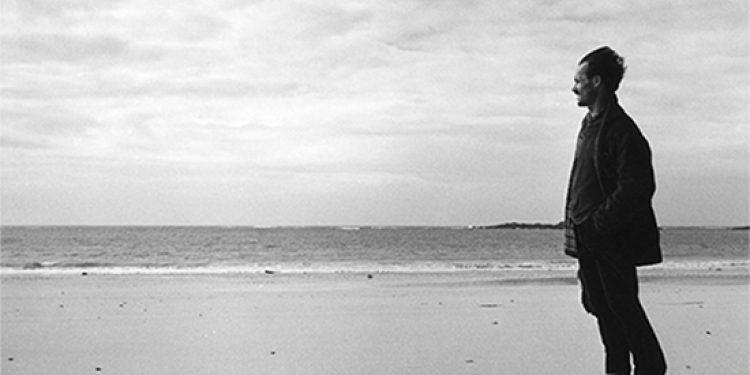
Following the success of its Claire Chesnier exhibition, the Galerie ETC is delighted to present a new solo show devoted to artist Jean Degottex, which will run from 26th March to 30th May 2020.
Numerous works from the painter’s final period, especially those created using his ‘Reports’ (paper folding) technique and the ‘Diacollor’ and ‘Oblicollor’ series, will be on display, many of which are taken from private collections and have never been seen in public before.
Born in Sathonay-Camp on February 25th 1918 into a family of modest means, Jean Degottex spent his childhood in Lyon. At the age of 15 he moved to Paris with his parents, left school and started working. He moved in Libertarian circles and took part in several drawing and painting workshops in art schools, including the Académie libre de la Grande Chaumière. It was in Tunisia, where he performed his military service and then Algeria, between 1939 and 1941, that he produced his first figurative paintings, inspired by the Fauvist movement. It was then that he decided to devote himself exclusively to painting. From 1941 onwards, he took part in the Salon des moins de Trente Ans (for artists under the age of 30). In 1946, he married Marie-Rose (Mirose) Patrix, sister of Michel Patrix, an artist he had met at the Grande chaumière school or art. In February 1947 the couple had a girl, Frédérique. By 1948, he had taken a decisive turn towards abstraction. From now on, he adopts a gestural painting style. Jean Degottex’s output during this period is reminiscent of the lyrical abstraction movement, prominent at that time.
"Wave pushes against wave, each retaining the pattern and the momentum of the one that it has just enlarged. This is also a metaphor for time, since painters who are thought to be painters of space, in actuality are first and foremost painters of time. This space-time imbues works with their incredible exotic atmosphere. Movement always plays an integral part, as it links time and space. The rapid brush movements on the canvasses of the ‘Vides’ (Voids) series (1959), illustrate well the sense of dynamism created as the artist breaks into this very tangible space has been. Degottex hasn’t yet adopted the roulor brush, but the background, painted in very light-coloured shades, has been applied with the utmost of patience and delicacy, meaning that virtually no trace of a brush-mark is visible. Time gives life to space and maintains a feeling of openness.
Thoughtful contemplation gives rise to lightning-speed hand movements, in the same way that in archery, a slow, deliberate approach leads to rapid fire. Upon the space that has been so painstakingly steeped in time, a diametrically-opposed vision is projected, that of time brusquely telescoped into space. When, little by little, the physical traces of the painter’s brush-work are no more to be seen, it’s the act of drawing attention to the processes behind the work that creates a greater sense of intimacy and an inextricable relationship between time and the paintings.
It’s true that it’s always possible to represent time in space, but gestures and movements can never be entirely uncoupled from time. Instinctively, we bring them back into the orbit of time once again, our sense of time differing from our sense of space. In fact, in some paintings, time is no longer figurative, but very real and very alive.
For example, there’s the incredibly intricate les Cent Pas created for the Sygma exhibition in 1973. And in 1975, he created ‘Parcours hors-ligne’, (off-road trip) a white canvas, 28 metres long, only interrupted by raised stitching down the centre-line. To find this stitching requires the individual to physically make the trip (having understood the clue that lies in the title of the work), plotting out a course along a straight line that stretches to infinity – which is, according to Kant, the best way to express time. This canvas, therefore, exhibits both time and space in two ways, occupying and creating simultaneously a huge amount of space.
Light will make up the third element of these two planes of space and time.
Colour, by its nature, is spatial. Here, the painter gives it a new set of dimensions. Vermeer’s little patch of wall still gleams just as brightly, and if the light in the gallery should dim, the eye compensates. Mais Degottex strips back the natural pigment he uses to its bare essentials, so that the light of the painting always matches perfectly that of the dawn or the dusk. This painting represents constant, inexhaustible flux. The painting that we love is never the same each time we look at it. The slanting lines of works from the Plis-collor series surface, disappear again, and show up dimly, silverish, white, or tinged with blue – the very colours of time."
Maurice Benhamou
Exhibition Jean Degottex
From 15 May to 20 September 2020
Galerie ETC
28 rue Saint-Claude 75003 Paris
Open Tuesday to Saturday, 11am to 7pm

